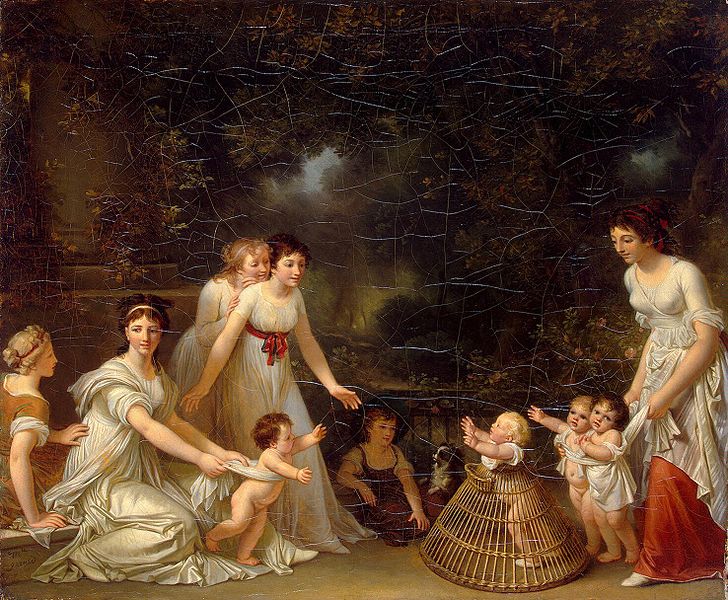How to Make Banana Puree for Babies
Special Supplemental Nutrition Program for Women, Infants, and Children
Before the commercialization of baby food, parents typically prepared homemade baby food using simple kitchen tools and ingredients. Here’s a general overview of how baby food was made traditionally:
Selection of Ingredients: Parents would select fresh fruits, vegetables, grains, and meats suitable for their baby’s age and dietary needs. These ingredients were chosen based on their nutritional value and ease of digestion.
Cooking: The selected ingredients would be cooked using methods such as boiling, steaming, or baking to soften them and make them easier for the baby to eat. Cooking methods were chosen to preserve as much of the natural nutrients as possible.
Mashing or Pureeing: Once cooked, the ingredients would be mashed or pureed into a smooth consistency suitable for a baby’s developing digestive system. This could be done using tools like a fork, potato masher, food mill, or blender.
Straining (Optional): Some parents might choose to strain the pureed food to remove any seeds, skins, or fibers that could be difficult for a baby to digest or might pose a choking hazard.
Storage: Homemade baby food could be stored in small containers or ice cube trays and frozen for future use. This allowed parents to prepare larger batches of baby food at once and thaw individual portions as needed.
Feeding: When it was time to feed the baby, parents would simply thaw the desired portion of homemade baby food and serve it to their baby using a spoon or by bottle-feeding.
Variety: Parents would typically introduce a variety of flavors and textures to their baby over time, gradually expanding their palate and exposing them to a wide range of nutrients.
Overall, making homemade baby food required time, effort, and attention to detail, but many parents preferred it because they had control over the quality and ingredients used, ensuring that their baby received nutritious and wholesome meals.
























